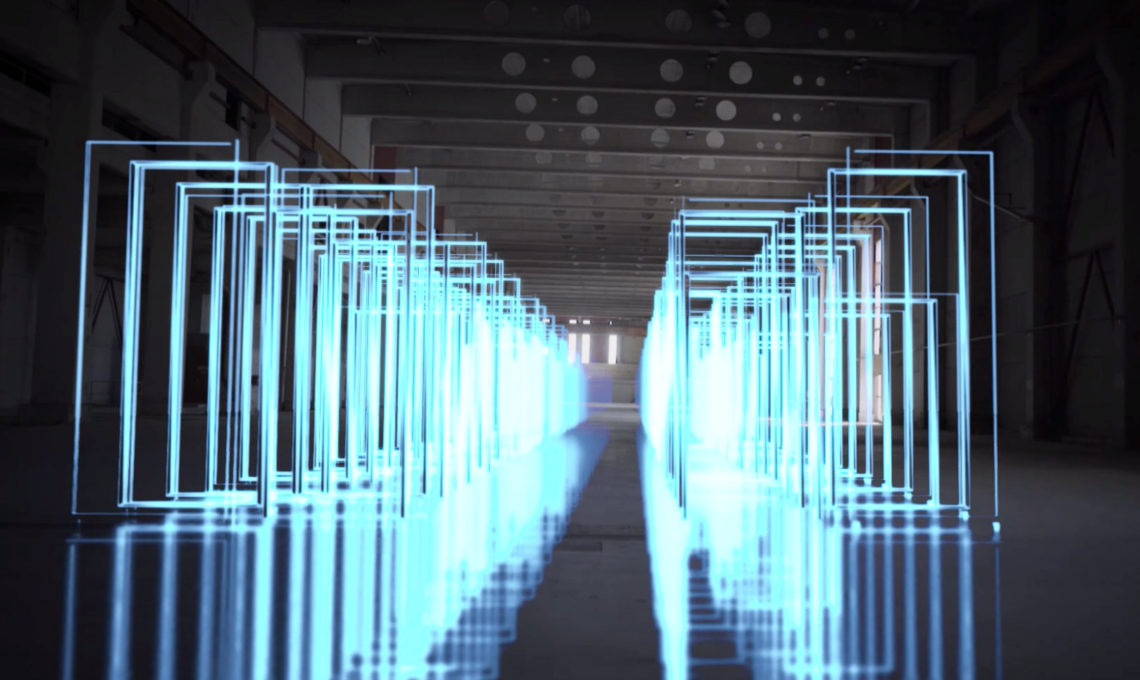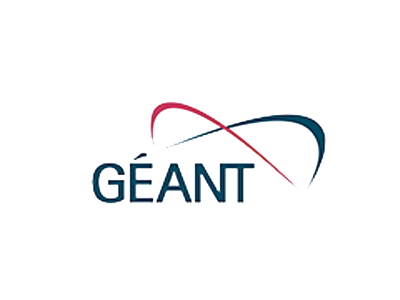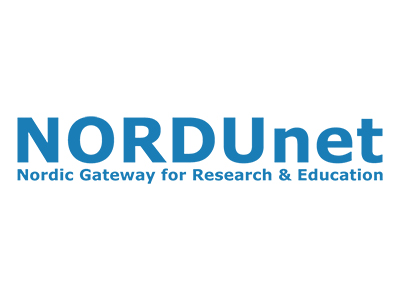
Connected supercomputers to boost European science and innovation
With the EuroHPC initiative, the European Union (EU) is aiming to catch up with the world’s computing superpowers. The EU wants to change the fact that currently there is no EU supercomputer in the Top 10. And, while Europe provides around 5 per cent of the world’s supercomputing resources, it consumes almost one third of them.
To remedy this, the EuroHPC Joint Undertaking is investing heavily in new machinery. Recently it announced the funding of three pre-exascale facilities in Finland, Spain and Italy. The first one to be announced was the Finnish LUMI facility, a 207.1 million Euro infrastructure with performance more than tenfold compared to today’s fastest European supercomputer. With a 450 square meter footprint LUMI will be the size of a basketball court with the theoretical computing power of more than 200 quintillion calculations per second.
But brute computing force is not the only thing that is important here. To secure maximum impact of LUMI, as well as of the EuroHPC initiative as a whole, the universities, research centres, and private enterprises involved will collaborate closely in the provision of HPC training, user support, and data management services.
Also, strong and resilient connectivity is crucial. Like the existing European supercomputers, the three new pre-exascale machines will be connected to the pan-European high-speed research & education network GÉANT.
The LUMI facility will be located in the existing data centre of the Finnish research & education network CSC/Funet in Kajaani. Connectivity there is exceptionally well-developed. Kajaani is the only supercomputing site in the Nordics that supports seamless MD-VPN integration for flexible international connectivity through Funet, NORDUnet and GÉANT. The existing multiple resilient 100 Gbps connections to Europe are scalable to several Tbits/s, and through the NORDUnet global peering infrastructure, strong connectivity is available to cloud providers, including major commercial ones.
Furthermore, Kajaani claims to be the green home of High Performance Computing. The LUMI facility will in fact have a negative CO2 footprint, due to environmentally friendly hydropower, free cooling all year round, and the possibility of waste heat being utilized in the Kajaani district heating network. LUMI will be up and running in 2020.
For more information please contact our contributor(s):



